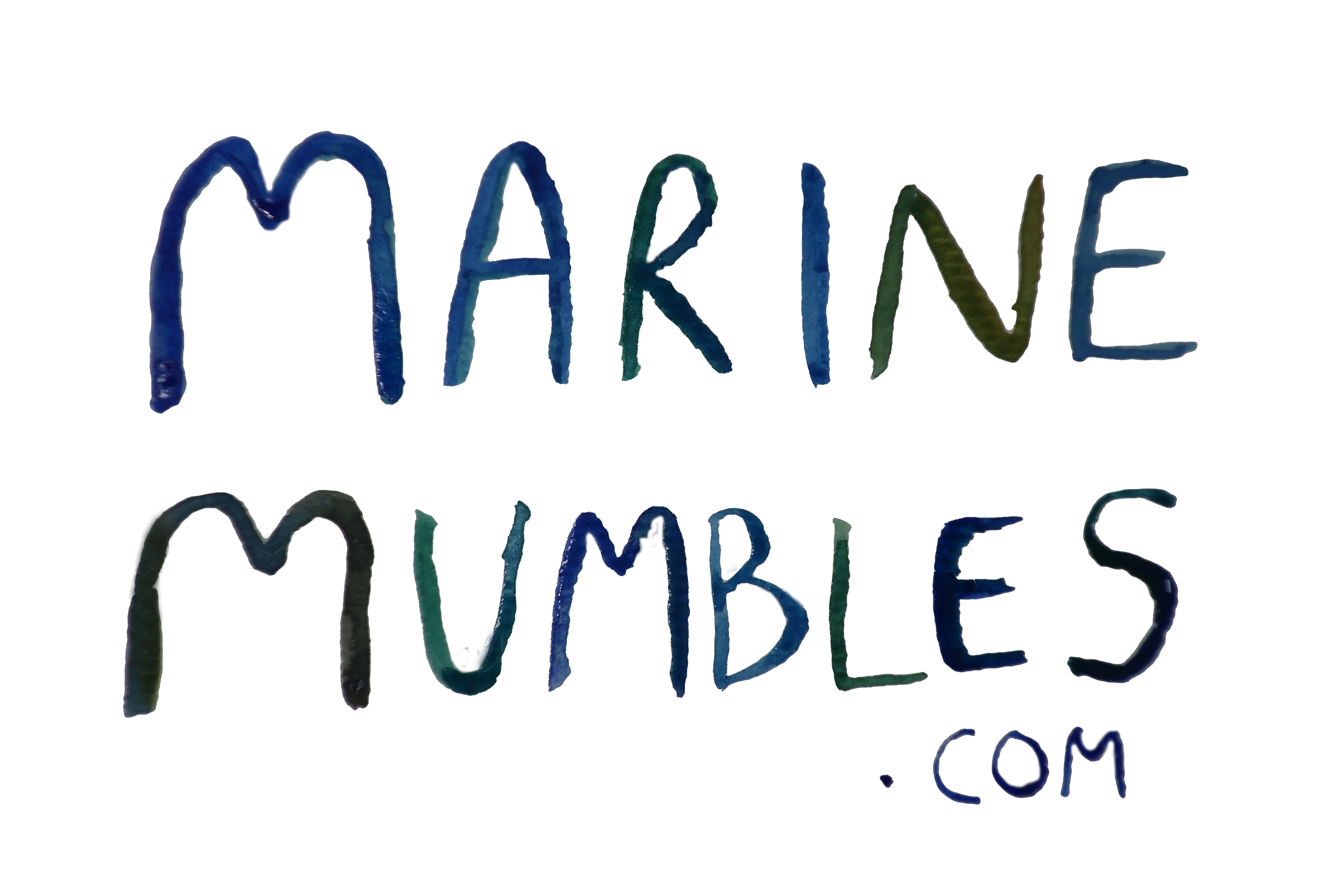
Seahorses are beloved creatures of our oceans. Not once have I heard anyones reaction to a seahorse be anything other than “oooh I love them“, “ahh there so cool“, “Did you know… *into seahorse rambling*”. This universal love might stem from the role of this species in the ecology and habitats in our ocean BUT I think its probably more down to the buckets of charisma these little guys have.
Firstly, well they’ve got the word horse in their name so you’ve instantly hit a big win with any lovers of equestiran sports there (of which there are many). Secondly, the males (which is quiet rare) carry and protect the brood until they are old enough to be carried away and live there own lives – which is great for any jokes about men not puling there weight around the house. And thirdly, look at them, they are a fish like no other (well maybe pipefish, but they too are in the Order Syngnathiformes).
I mean not too many fish decide that the horizontal life is not for them. No, Seahorses are good with standing out from the ‘school’ (get it?) and swimming around pretty much vertical… and they do it with style. Sure they can’t swim very well, and need to pulse there thin dorsal fin like mad to go anywhere, but they don’t need to go far as they are perfectly happy attaching to seagrasses or seaweeds, blending in (and look fabulous).
Although most seahorses habitaute around the tropics, where some species fully go all out on the ornate camoflage decoration (if you don’t know what I am talking about do yourself a favour and google Leafy Seadragons (WARNING: prepare for amazement)), but here in the UK 1-2 species have braved the cold and I think there pretty beautiful too.
The short-snouted Seahourse (Hippocampus hippocampus), can only be descibed as cute, with its stumpy snout, gorgeous irridescent pattern on the face and speckeled down the body. It can be found subtidally in a few locations around the UK (though I have yet to be lucky enough to see one). One of these sites includes the Thames close to my home – which is a nice sign it might be getting a bit cleaner.
But don’t let the stumpy snout foul you, its still a vercious predator of all small planktonic organsims, especially planktonic copepods, as it spends its days sucking up these small critters.
And if you thought that the male carrying the fertilised eggs in their brood pouch to raise the baby seahorses (do you think they call them Seafoals?), they have to do a wicked Dad dance first to attract the female and convince her to let him have them.
So in summary, seahorses are pretty (insert your level of exagerative words) awesome.
Hope it was worth reading this block of text ot get to the end – since i havent seen any I cant fill it up wth beautful pictures, but if anyone wants to take me to see any wild seahourses I’d be very willing to go ;’D
Hope your week is filled with the images of a dad-dancing seahorse,
MarineMumbles xxx
